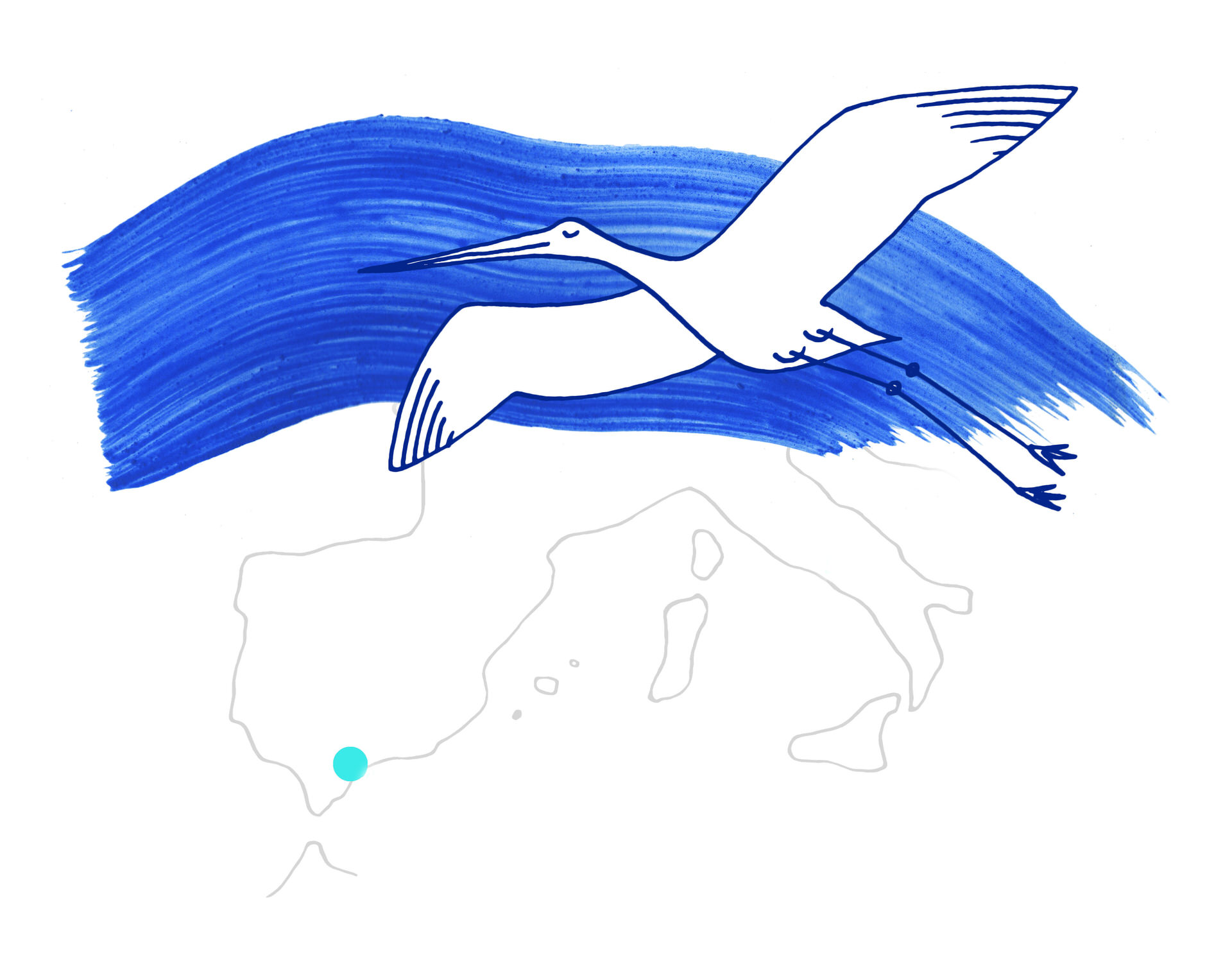12 September, 2019
Spain, leading destination for fertility tourism


40% of Europeans who travel abroad to undertake fertility treatment come to Spanish centres, encouraged by the law that permits access to women on their own and assures anonymity to the donor.
Around 40,000 babies are born every year in our country as a result of these techniques and between 10,000 and 15,000 couples travel to our country every year to get assisted reproduction treatment. This has enabled Spain to become the European leader in human assisted reproduction in terms of the number of clinics and cycles.
The majority of the foreigners who come to Spain do so because in their countries the law does not permit in vitro fertilisation in certain cases, such as unmarried mothers or homosexual couples.
It also happens that donations of semen and eggs are not anonymous [in other countries, including some with legislation on assisted reproduction which is quite similar to Spanish law, such as the United Kingdom]. This lack of anonymity causes many possible donors to finally reject the idea, which, in turn, makes the waiting lists extremely long, even up to several years.
Some countries, such as Germany, Norway, Austria or Switzerland even forbid the donation of eggs. Because of all this, our treatments are less expensive and also, we offer the advantage of having at our disposal an excellent post-treatment service of medical attention.
At HC Fertility
we have recognised experience in all this. If you come from abroad, our coordinator of patients will help you to organise your journey to Marbella and will accompany you throughout the whole process, offering you a variety of hotels and lodgings which may be useful and interesting for you, advising you on all the queries you may have during the process of organisation.
Sources: HC Fertility /IDIS Foundation / European Society for Human Reproduction and Embryology (ESHRE)

Back to blog
In other news

26 February, 2016
Eggs don’t fly
Accepting donated eggs to help you have a family is a difficult decision for some, but this gives ...
[Continue reading ]28 August, 2019
Our stork travels the whole world
From Australia, South Africa, USA, Norway, Denmark, Iran, Dubai, Germany, Italy, and so on to Marbel...
[Continue reading ]


